“Olo”: Scientists Reveal a Never-Before-Seen Color Using a Revolutionary Vision Technology
“Olo,” the Impossible Color That’s Now a Reality!
For centuries, the colors we see have been limited by the natural capabilities of the human eye. From the violet hues of a sunset to the lush green of a rainforest, our visual spectrum, though seemingly vast, is biologically restricted. But what if there was a color that defied everything we knew about human vision? A hue so uniquely vivid and intense that it never existed in nature or perception before?

Meet “Olo”, a brand-new, hyper-saturated blue-green color that scientists say has never been seen by human eyes until now.
Thanks to a groundbreaking technological advancement at the University of California, Berkeley, what was once science fiction is now science fact. A team of vision scientists and engineers has developed a platform called “Oz” that can control individual photoreceptor cells in the retina, paving the way not only for a new color, but for a whole new understanding of how we see.
New Color "Olo": A Technicolor Breakthrough in Human Vision
Named after the mythical and colorful land in L. Frank Baum’s The Wonderful Wizard of Oz, the “Oz” platform is a nod to the imagined and magical. But this time, the magic is scientific.
In the original novel, the Emerald City appeared brilliant and green because its inhabitants were forced to wear green-tinted glasses, a visual illusion orchestrated by the wizard. Inspired by this fictional manipulation of color perception, the UC Berkeley researchers have created a real-world equivalent: a way to actually trick the eye into seeing something it never could before.
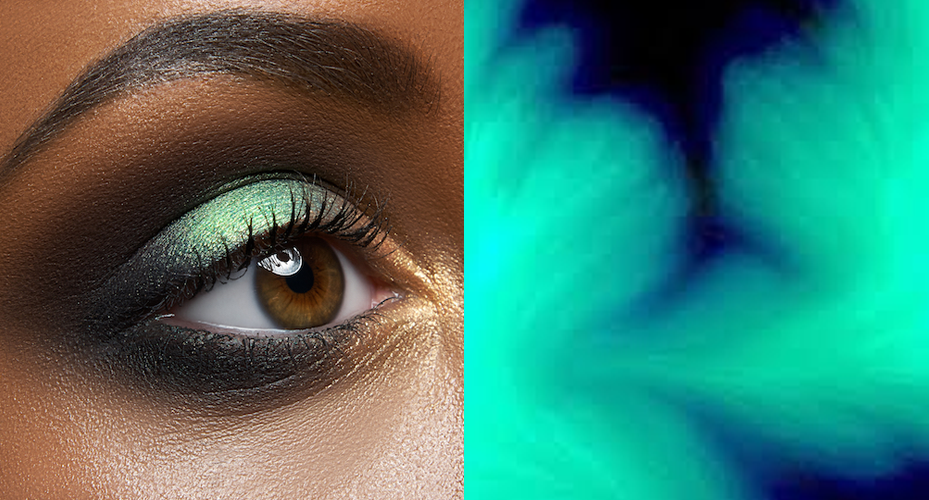
“It was like a profoundly saturated teal … the most saturated natural color was just pale by comparison,” said Professor Austin Roorda, one of the creators of Oz and a renowned researcher at UC Berkeley’s Herbert Wertheim School of Optometry & Vision Science.
The researchers have named this newly perceived color “Olo.” It’s described as a shade somewhere between blue and green, but with a saturation that surpasses anything ever observed in the natural world. Imagine the richest tropical turquoise or the deepest oceanic emerald, then turn up the intensity by a factor of ten. That’s “Olo.”
What Makes “Olo” Possible?
The secret lies in Oz, a state-of-the-art platform that uses tiny laser pulses to individually target and control up to 1,000 photoreceptor cells in the human retina at once. This microscopic-level precision has never before been achieved in practical applications.
With Oz, the researchers can effectively reprogram the way light is processed by the eye, allowing them to craft entirely new visual experiences, including lines, dots, moving images, and now, colors that were previously unseeable.This new color isn’t just a digital effect or an illusion, it’s a physical response from the retina to controlled stimuli. It exists in your perception, just like red or green, but only when viewed through the precise activation sequence created by Oz.
Doctoral student James Carl Fong, co-creator of the Oz system, explains the magnitude of their discovery:
“We’ve created a system that can track, target, and stimulate photoreceptor cells with such high precision that we can now answer very basic, but also very thought-provoking, questions about the nature of human color vision.”
Beyond Color: Implications for Medicine and Sight
While the emergence of “Olo” is generating headlines, the implications of the Oz platform go far beyond color exploration.
The ability to stimulate specific photoreceptors at will means that scientists now have a way to study the retina and its responses at a granular level. This opens up new possibilities in the understanding and treatment of vision loss, retinal diseases, and degenerative eye conditions like macular degeneration or retinitis pigmentosa.
This innovative platform was recently detailed in the peer-reviewed journal Science Advances and funded in part by the National Institutes of Health and the Air Force Office of Scientific Research, highlighting its significance not only in the medical community but also in potential defense or space-based visual systems.
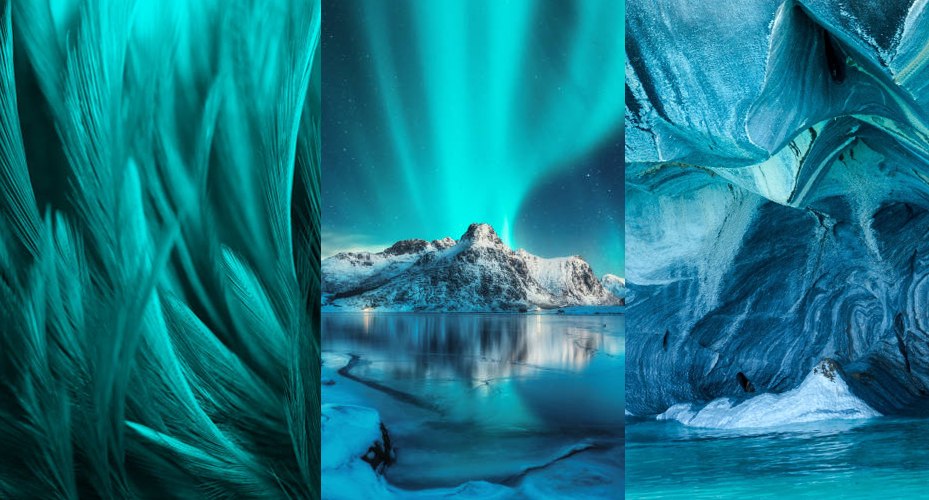
A New Era of Color: Why “Olo” Matters
So why does “Olo” matter if we can’t paint with it, wear it, or see it in nature?
Because it challenges the very limits of human perception. It proves that our visual world, what we consider “visible”, is not fixed, but flexible. “Olo” is a crack in the wall of our biological limitations, a glimpse into what lies beyond our evolutionary programming. It also brings a poetic twist to our understanding of color. If “Olo” can exist with the help of technology, what other colors, what other sensations, might lie beyond the threshold of our current capabilities?
This breakthrough reminds us that we don’t see with our eyes alone. We see with our brains. And with tools like Oz, the brain can be taught to see what it never could before.
The Art of Imitation: 5 Solotica Colored Contacts That Could Be Within the Family of “Olo”
While “Olo” remains a color you can’t find in a paint store or nature (yet), some colored contact lenses come intriguingly close to this surreal blue-green phenomenon. Solotica, a world-renowned brand for colored contacts, offers stunning shades that tap into that same teal, aquamarine, and oceanic family as “Olo.”
Here are five Solotica shades that offer a near-Olo experience, for those who want to flirt with the impossible.
1. Aquarella One-Day Cyan Blue
A bold twist on the impossible blue-green spectrum. If Olo had a playful, vibrant cousin, it might just be Aquarella One-Day Cyan Blue. Designed for daily wear, this lens adds a burst of charisma with its bright sapphire base and subtle yellow freckling that mimics the depth of real irises. Though it leans slightly more blue than green, Cyan Blue taps into the expressive vibrancy that defines Olo’s saturated presence. It creates a striking contrast on dark brown eyes, where its energy truly comes alive, offering a dynamic shift in appearance with just one blink.
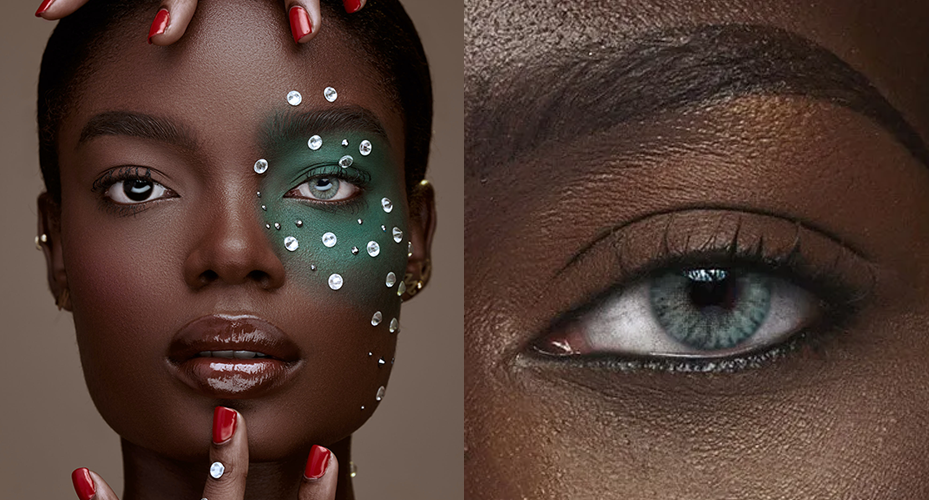
What makes Cyan Blue fascinating in the context of Olo is how it mirrors the concept of an enhanced spectrum. While Olo was developed through scientific precision using 1,000 photoreceptor stimulations, Cyan Blue feels like a wearable glimpse into that world, less clinical, more flirtatious. It echoes Olo’s boundary-pushing nature by adding new emotional texture to blue-toned lenses, offering a radiant, contemporary interpretation of how we perceive color.
2. Hidrocor Aquamarine
A gentle seafoam masterpiece with Olo-like undertones. Hidrocor Aquamarine may very well be the closest existing color lens to what scientists are calling “Olo.” This oceanic fusion of blue and green creates a serene, hypnotic shade that is both understated and spellbinding. Unlike the bold saturation of Olo, Aquamarine delivers a softer, more natural iteration of this otherworldly hue, making it wearable for daily use. The color dances between seafoam green and a powdery, tranquil blue, creating a lens that subtly shifts under different lighting, evoking the mystery of the deep sea and the sky at dawn.
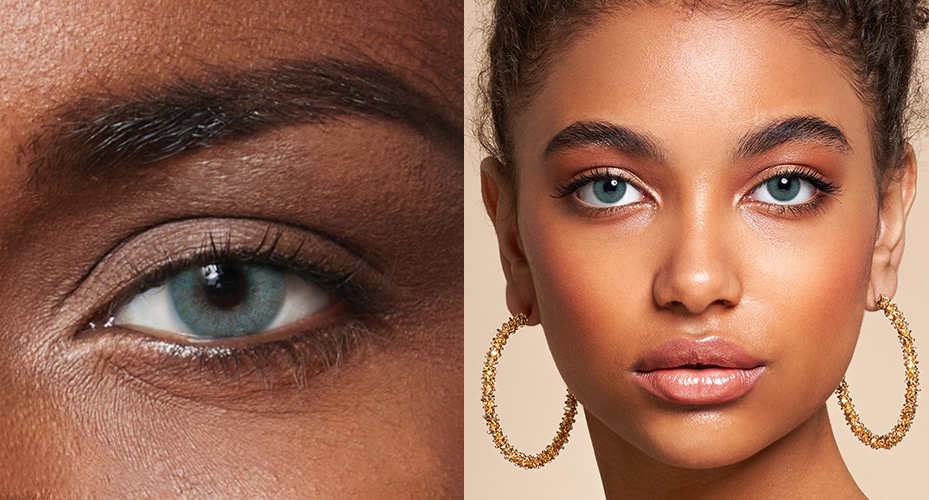
What makes Aquamarine particularly enchanting is its delicate color balance. It doesn’t shout, but it draws you in with quiet confidence, like Olo, it feels like a discovery, something your eyes aren't used to seeing. The absence of a limbal ring enhances this illusion, letting the blend of blue and green ripple smoothly across the iris. For those chasing the feeling of seeing something surreal, ethereal, and rare, Hidrocor Aquamarine is your daily dose of the extraordinary.
3. Hidrocor Quartzo
A blue-gray storm with cinematic intensity. Few lenses have made waves in the beauty world like Hidrocor Quartzo, and it’s easy to see why. With its signature icy blue-gray blend, this lens is cool, fierce, and beautifully alien. While it doesn’t carry the green undertones of Olo, it shares a similar transformative quality. Quartzo gives wearers a high-saturation, high-impact gaze that feels like stepping into a digitally enhanced world. It’s dramatic and polished, offering a gemstone-like finish that echoes the surreal vibrancy described by the UC Berkeley researchers.

What makes Quartzo intriguing in the conversation about Olo is its ability to blur the line between natural beauty and high-definition fantasy. Much like the Oz platform alters the way we perceive reality, Quartzo challenges the norms of how eyes “should” look. With no limbal ring and an intense finish, it draws attention without overwhelming, letting the cool tones of steel blue and smoke gray dominate the iris like a cinematic filter. If Olo is the future of how we see color, then Quartzo is already paving the way in how we wear it.
4. Hidrocor Topazio
Where golden light meets glacial water. Hidrocor Topazio is Solotica’s turquoise triumph. A bright, crystalline blue infused with warm golden undertones around the pupil, this lens mimics the natural depth and motion of the human eye, creating a look that is both surreal and believable. Like Olo, it transcends simple color categorization. It isn’t purely blue, nor purely green, it’s a luminous hybrid that invites a second (and third) look. Its depth comes from the internal contrast: the rich turquoise tones contrast with the golden flecks near the center, offering an almost holographic effect.
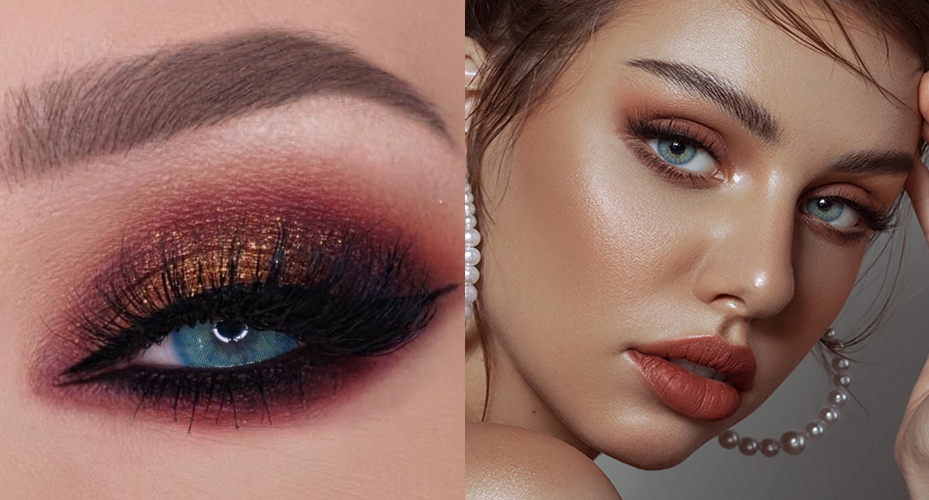
Topazio embodies the idea of a natural phenomenon , like sunlight reflecting off a glacier or shallow waters shimmering at noon. In the same way that Olo is described as "more saturated than anything in nature," Topazio heightens our perception of color, giving us a sense of what nature could be like if it had just a little more magic. For those looking to embody a vivid new spectrum in a subtle, wearable form, this lens brings you within touching distance of Olo’s visual impact.
5. Hidrocor Rio Ipanema
The twilight zone between rainforest and sea. Finally, we arrive at the most poetic of the five: Hidrocor Rio Ipanema. This lens captures the mood of a Brazilian coastline at dusk , a harmonious blend of mid-toned blue, deep green, and hints of tropical yellow that create a wearable but exotic finish. It doesn’t scream for attention, yet it leaves an unforgettable impression. Ipanema is nature through the lens of imagination , precisely the type of color play that resonates with the idea of Olo. It’s the kind of shade that makes people stop and stare, unsure if they’ve seen anything like it before.

Rio Ipanema offers a softly blended iris pattern, free of a limbal ring, allowing its hues to meld seamlessly into your natural eye color. Its layered complexity mirrors the ambition of the Oz platform, showcasing how science and nature can converge to produce a new dimension of visual storytelling. Whether you're wandering through urban jungles or real ones, Rio Ipanema brings a touch of Olo’s mystical energy to everyday life, transforming your gaze into a wearable work of color theory.
The Future Is Vivid
The discovery of “Olo” is more than just a scientific novelty, it’s a philosophical moment. It proves that the limits of perception can be pushed, bent, and even broken. While we wait for the day when wearable tech might allow us to see Olo on demand, brands like Solotica are helping us explore the outer edges of color through lenses that reimagine what eyes can see.
Until then, maybe the best way to honor “Olo” is to keep looking, closely, curiously, and always with wonder.






